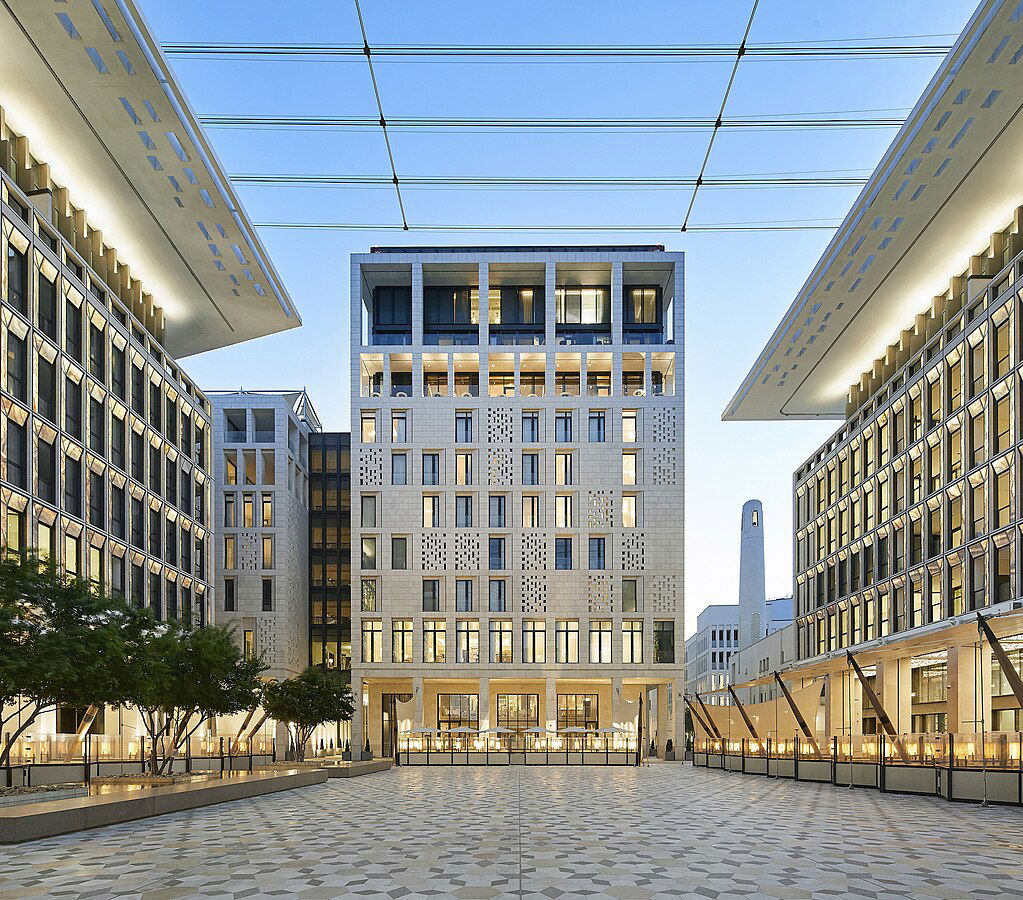How is Qatar driving change & creating better futures? - sustainable environmental development
The State of Qatar has evolved into a pioneer, leading the way towards realising a future which is more sustainable and environmentally friendly. From constructing green buildings, making strategic investments in solar energy to improving its portfolio of natural solutions, the nation is fast becoming a catalyst for change.
Qatar is committed towards being at the forefront of effective waste management
Considered one of the largest of its kind in the whole of the Middle East, the country’s waste management facility located at Mesaieed has been instrumental in processing a colossal 2,300 tonnes of waste on a daily basis ever since its incorporation in 2011. Such a careful and dedicated approach to waste management has resulted in the creation of energy that is currently being utilised in producing electrical energy in Qatar.
Furthering solar power technology
As part of a vision to reduce greenhouse gas emissions by 24% and use 20% of the country’s energy through solar power by the year 2030, Qatar is well on its way towards making this dream into a reality.
One such example are the research efforts carried out at the outdoor solar testing facility of the Qatar Environment and Energy Research Institute (QEERI) which is located within Hamad bin Khalifa University. Overseen by Research Programme Manager, Dr. Ben Figgis, the facility employs various methods to study as to how a country with so much sun can better utilise such power into creating much needed energy.
District Cooling remains as a major talking point within the country’s investment portfolio
Research studies have revealed that the country’s district cooling technology enjoys a whopping 1-million-ton refrigeration capacity that accounts for 17% of the entire air conditioning demand in Qatar.
Thus, it has evolved into a global leader in this sphere with as many as 39 plants assisting in the development of district cooling. One example of Qatar’s expansion into district cooling can be credited to the efforts of Qatar Cool which is currently, a market leader across the world. The company makes the most of Treated Sewage Effluent or ‘TSE’ at two of its cooling plants which is created by filtering wastewater. In terms of measuring the success of district cooling, one’s thoughts will be drawn towards the FIFA World Cup that was hosted by Qatar in 2022. During this competition, a majority of the football stadiums used district cooling technology to help control temperatures which also paved the way for an increased amount of energy to be saved.
Msheirab Downtown Doha is a shining light

Msheirab Downtown in Doha | Image via Wikimedia Commons
A landmark achievement in sustainable technology, Msheirab Downtown Doha is the world’s 1st ever-sustainable downtown regeneration project that has successfully re-energised and breathed new life into an age-old commercial district in the nation’s capital. Located some 16 km from one of the best hotels in Qatar such as the famous Souq Al Wakra Hotel Qatar by Tivoli, Msheirab Downtown Doha lays claim to one of the highest concentrations of Leadership in Energy & Environmental Design (LEED) certified buildings that have been built in accordance to accepted standards of green building management.
As a smart city that continues to attract a growing number of locals and foreign nationals, Msheirab Downtown Dubai’s buildings are installed with efficient solar panels and fully functional irrigation systems.
The role played by Qatar Petroleum
Complementing the goals put forward in the Paris Agreement, Qatar Petroleum unveiled a sustainability strategy that focussed on minimising greenhouse gas emissions and specifically, cutting down the intensity of Qatar’s LNG facilities by as much as 25%. Furthermore, the level of flare intensity throughout upstream facilities has witnessed a reduction by well over 75%.
Part of this strategy involves establishing a methane intensity target of 0.2% by the year 2025 on the back of restricting methane emissions along the nation’s gas value chain.
